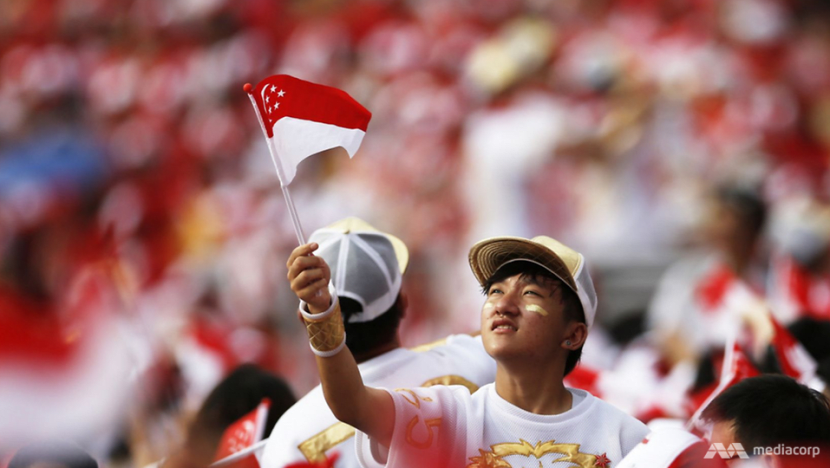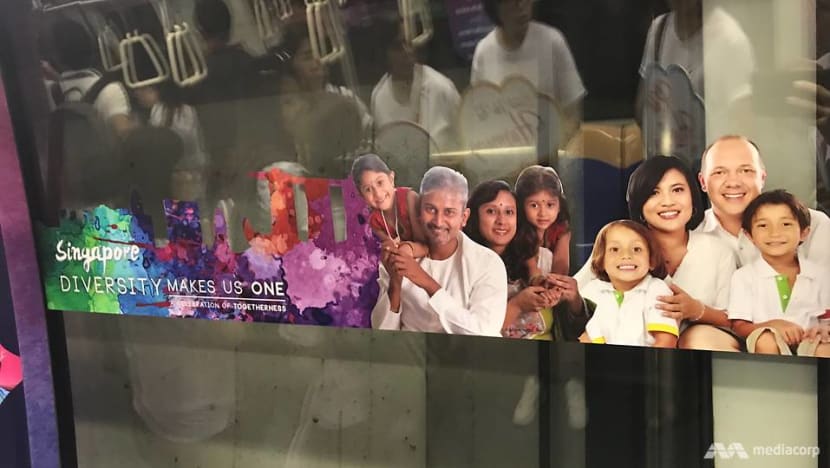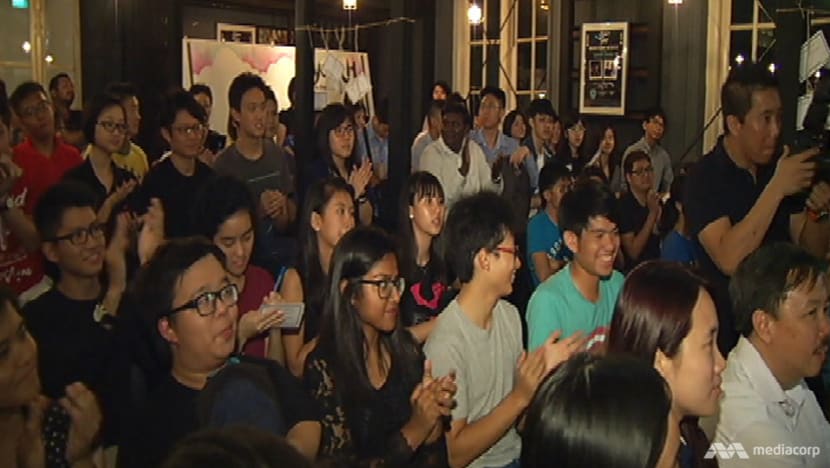commentary Commentary
Commentary: Maintaining racial harmony requires us to have a frank discussion about differences
We need to go beyond the potentially simplistic notion that racial harmony requires us to avoid conflict at all costs, when a healthy discussion of differences may be what we need, says one observer.

Children at an MOE Kindergarten celebrating Racial Harmony Day. (File photo: MOE)
SINGAPORE: Racial Harmony Day - a day designated as an official reminder of the race riots in 1964 - will be commemorated by all schools and most public institutions in Singapore this week.
Young people of all ages will be reminded by their teachers, the media, and politicians, about the horrifying consequences of racial and religious conflict.
In addition to the events organised during Racial Harmony Day, the message of societal harmony is also consistently reiterated in primary and secondary school Social Studies, secondary school history, and in Character and Citizenship Education (CCE) classes. Notably, one of the six National Education messages is: "We must preserve racial and religious harmony."
The race riots of 1964 and the Maria Hertogh riots in 1950 are at the centre of the narrative of harmony in Singapore. Students learn about the causes and consequences of these conflicts to Singapore in primary and secondary school.
Within the curriculum, these examples of societal conflict are also positioned as existential threats to Singapore’s national survival.

In my analysis of the social studies and CCE curricula published recently, I showed how the curricula emphasise the importance of political order, peace, and social stability. I also showed how the curricula constantly reminds students that the “forces of divisiveness” - a phrase used in an earlier version of the secondary social studies syllabus - will result in the disintegration of society and thus pose an existential threat to the nation.
Unsurprisingly, therefore, a consistent message conveyed in the curricula is the importance of minimising differences and avoiding conflict within society for the sake of national unity and the common good. The CCE curriculum, for example, emphasises maintaining good relationships with others, developing communication and interpersonal skills, and acquiring skills of conflict management and resolution.
READ: How should Singapore teachers manage issues of race in the classroom?
REVIEW WHAT RACIAL HARMONY MEANS
It is clear that concept of harmony has been central to Singapore’s political discourse and education system.
But what does harmony mean? What is the role of conflict in harmony? Twenty one years after the first Racial Harmony Day, it is imperative that we critically re-examine some of the fundamental tenets of not only this event but also our broader understanding of the concept of harmony and social cohesion.
The goals of social unity, stability, peace, and conflict management are worthy ones. I also agree that it is important to equip students with an understanding of the historical antecedents and potential consequences of racial and religious riots in Singapore’s history. However, this is insufficient for several reasons.
First, the extreme examples of societal conflict highlighted in the curricula (which includes mass riots) can result in the lack of attention paid to more productive and manageable parts of conflict and controversy. Consequently, it is easy to draw the mistaken conclusion that all forms of conflict between groups is always bad and violent.

HARMONY IS NOT UNIFORMITY
Second, the use of extreme examples of conflict such as destructive riots (and the implicit association of harmony with the absence of conflict) greatly limits students’ understanding of the concept of harmony.
Harmony, according to Confucian scholars such as Chenyang Li and Sungmoon Kim, not only emphasises partnership and balance but also inescapably highlights difference. Rather than seeing contests between differing groups and perspectives as divisive, this view of harmony suggests that different kinds of conflict can potentially strengthen democratic societies.
Harmony, therefore, embraces differences and recognises how they can be complementary and interconnected.
A musical analogy illustrates the distinction between harmony and uniformity: An orchestra requires a range of musical instruments playing different yet complementary melodies and notes. Excessive sameness or uniformity, such as the same instruments playing the same notes, is the opposite of harmony.
HARMONY NEEDS REFLECTION
Third, it is also important to recognise that the process of harmony requires a kind of incivility and critical reflection. If there are issues of injustice or inequity in society, it is more productive, in the long run, to challenge and even revise the status quo, even if it means temporarily upsetting existing social relations.
Without this opportunity to address issues of injustice and inequality in society, the position of dominant groups will be strengthened because it delegitimises other areas of conflict and the concerns of disadvantaged groups. This can potentially exacerbate societal divisions in the long run and result in a less harmonious society.

REFLECT, DELIBERATE, FACILITATE DISCUSSIONS
What implications does this expansive definition of harmony have for Singapore society and more specifically, for social studies and citizenship education?
As a starting point, we should teach young people how to identify structural or systemic inequities and recognise how particular groups of people have been marginalised or disadvantaged within society. We should not suppress these important ideas and opinions in the name of stability and social order.
Next, we should encourage young people to deliberate these potentially contentious issues by using powerful arguments and providing strong and compelling evidence. We should not limit ourselves to extreme examples of societal conflict in order to convey the idea that all forms of conflict as destructive and is something to be avoided at all cost.
Finally, an expanded view of harmony suggests the need to facilitate, rather than inhibit, the teaching and discussion of controversial issues, in order to explicitly encourage the respectful exchange of critical and potentially unconventional perspectives and ideas.
Consequently, it is crucial for all of us to reflect and think deeply about the diverse and very different meanings of harmony and social cohesion to different groups of people.
Ho Li-Ching is Associate Professor of social studies education at the University of Wisconsin-Madison.














